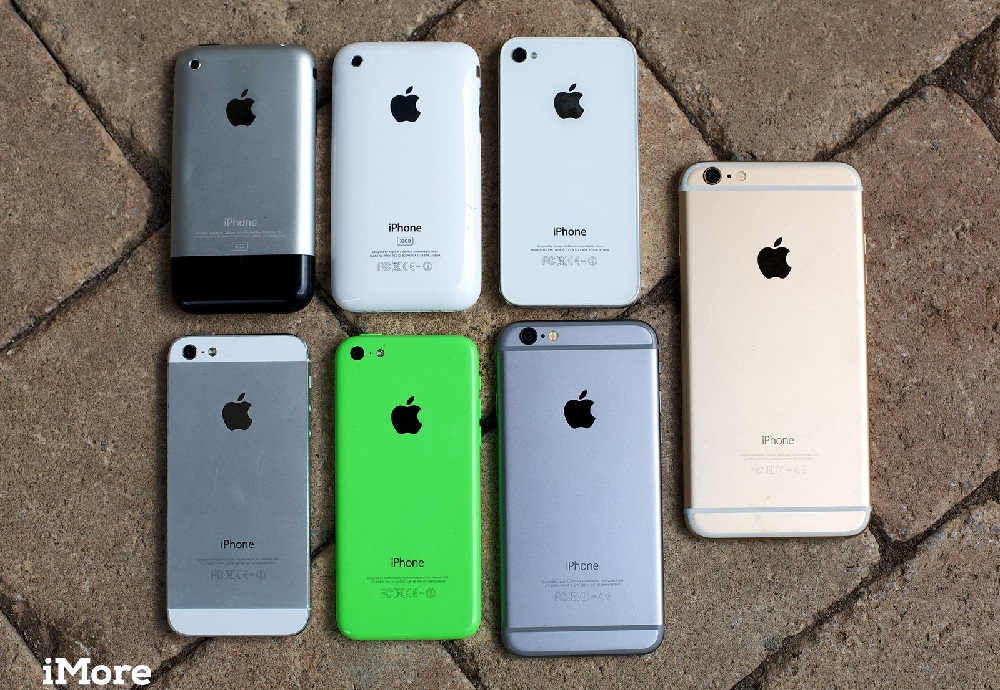What's Inside Your Smartphone?

Join Eric Smith at Stanford Advanced Materials as he and materials scientist Sarah Mitchell explore the materials that make up the bodies of our everyday smartphones. From the lightweight aluminum alloys and durable Gorilla Glass to the practical polycarbonate plastics and high-end ceramics, discover what goes into the design and function of these essential devices.
Learn about the advantages and challenges of each material and what future trends might shape the next generation of smartphones. Whether you're a tech enthusiast or just curious about what’s in your pocket, this episode offers an insightful look into the world of smartphone materials.
Interested in the materials discussed? Send an inquiry or connect with us on our social media channels to learn more.
Hi there, I'm Eric Smith. Welcome to Stanford Advanced Materials! Today, we're exploring something we all interact with daily—our smartphones. Specifically, we’re looking at what materials make up the bodies of these devices. Joining me today is Sarah Mitchell, a materials scientist. Welcome, Sarah!
Thanks for having me! Excited to talk about this.
Let’s start with metal. We see a lot of phones with metal bodies. What’s commonly used, and why?
Most metal phone bodies are made from aluminum alloys, often mixed with magnesium or titanium for added strength. Aluminum is lightweight, cost-effective, and recyclable, which makes it the go-to material. Magnesium and titanium alloys are used in high-end models for their strength and reduced weight, but they’re more expensive.
That makes sense. What about glass? I’ve seen more phones with glass backs recently. What’s the advantage there?
Glass, particularly chemically strengthened types like Corning Gorilla Glass, offers excellent scratch resistance and a premium feel. It’s also fully recyclable, which makes it an eco-friendly option. Plus, it allows for wireless charging, which is a big plus.
Interesting! Now, plastic doesn’t seem as premium, but it’s still widely used. Why is that?
Plastic, especially polycarbonate, is strong, lightweight, and cost-effective. It’s also better at absorbing impacts compared to glass. While it might not have the same premium feel, it’s practical, especially in terms of durability.
And what about ceramics? I’ve heard they’re being used in some high-end phones.
Yes, ceramics, like yttria-stabilized zirconia, offer a unique blend of strength, durability, and aesthetics. They’re non-conductive, which helps with signal transmission, but they’re also brittle and can be more prone to breaking than other materials.
That’s a great overview! Before we wrap up, what future trends do you see in smartphone materials?
We’re seeing a trend toward composite materials that combine the strengths of different substances, like metal and plastic. Sustainability is also a big focus, with more manufacturers using recycled materials and eco-friendly processes.
Thanks for the insights, Sarah! It’s fascinating to think about all the materials that go into our smartphones. And thank you all for tuning in to Stanford Advanced Materials. If you enjoyed this episode, don’t forget to subscribe and leave us a review. I'm Eric Smith. See you next time!
